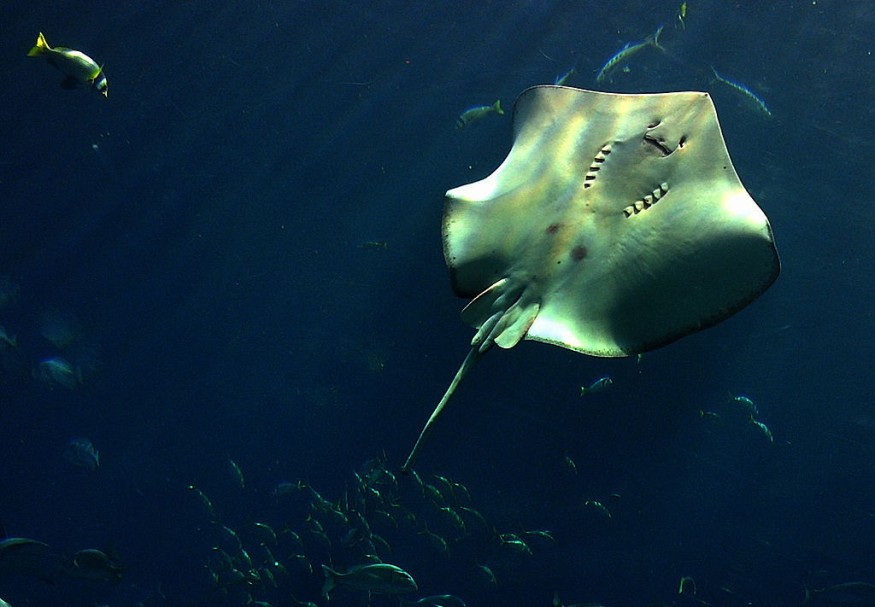
Stingrays are not known to produce sound, or at least this has not been documented or proven, and researchers in the past say they may not have the "biological tools to do so." However, a team of researchers obtained a recorded evidence suggesting otherwise.
These researchers affiliated with several institutions in Australia, working with one colleague from Sweden and another from Spain, described how the wild stingrays were making noises in their paper published in the journal Ecology, which has undergone full peer review.
The video evidence and sound recording were obtained from a mangrove whipray (Urogymnus granulatus) producing sound as it glides over a reef off the coast of the Gili Islands, Indonesia, Phys.org reported. This behavior was also observed in another whipray and cowtail stingray - two species threatened with extinction - on Instagram making the exact same noises. The team decided this is worthy of attention.
The new paper was the first to evidence that wild stingray species produce sounds.
A Short, Loud Clicking Sound
There is not much evidence that stingrays do make noises, but scientists are forming theories on why the cartilaginous fish make these sounds, or how they develop this ability. According to the team, the species produced short, loud clicking sounds as it moved its spiracles, the respiratory openings near its eyes. They speculate that these noises are distress or defense signals.
Based on observation, the team note that the rays only make sounds when under duress, which may be the reason why it is so uncommon and hasn't been documented before, or at least scientifically proven. A few people may have claimed to hear the ray sounds, but still not a handful of evidence is reported about this phenomenon.
"To our knowledge, it's not something that's been recorded or published on before," Pini-Fitzsimmons, a marine scientist and stingray expert at Macquarie University in Australia, told Mongabay. "I'm not entirely sure why that would be."
Stronger Evidence
According to study lead author Lachlan Fetterplace, a marine scientist at the Swedish University of Agricultural Sciences, many people have come up and shared their experiences since the paper was published, and the team themselves found more examples.
"There's more and more strong evidence that this is happening," Fetterplace said, adding that that these sounds might be "easy to miss" when diving with traditional scuba equipment, which tends to create a lot of underwater noise and bubbles and overwhelm other sounds produced underwater.
However, there is still so many to understand about these newly discovered sounds, like why the stingrays are making these sounds, the reasons for their calls, and whether related species exhibit similar behaviors.
According to Simon Hilbourne, a marine biologist at the ray-and-shark research organization Manta Trust, who was not involved in the study, noise production from sharks and rays is "pretty much unheard of in published literature." However, the findings aren't totally unexpected since there is still so much to know about sharks and rays. In fact, Hilbourne says there's a growing amount of anecdotal evidence that manta rays (Mobula spp.), which are related to stingrays, also make similar noises.
"We want more examples," the team encouraged, but they specifically advised not to get up to rays and harass them in doing so.
Related article : Freya the Female Walrus Climbs into Norwegian Boats
© 2025 NatureWorldNews.com All rights reserved. Do not reproduce without permission.





